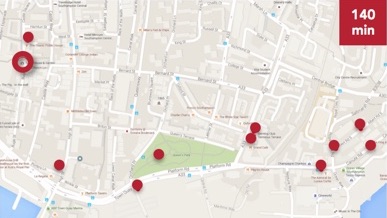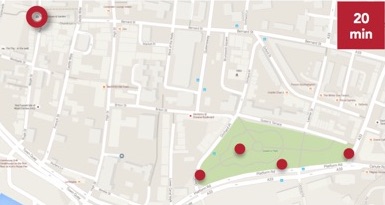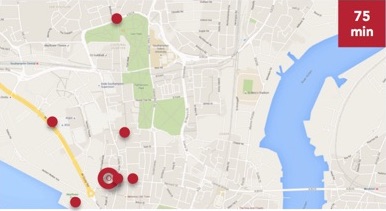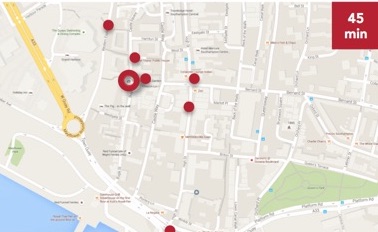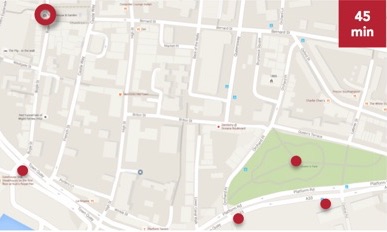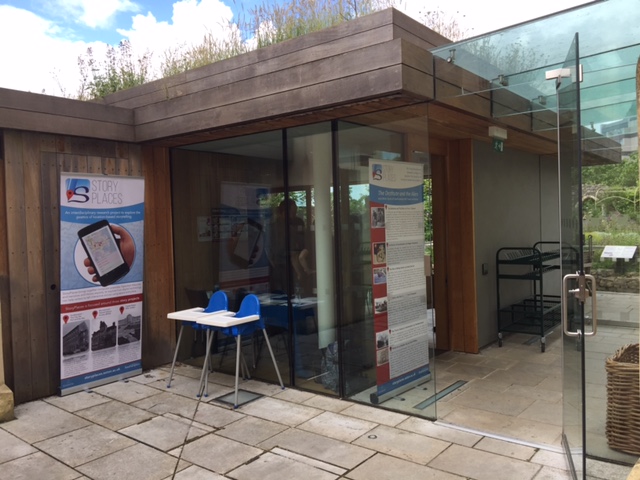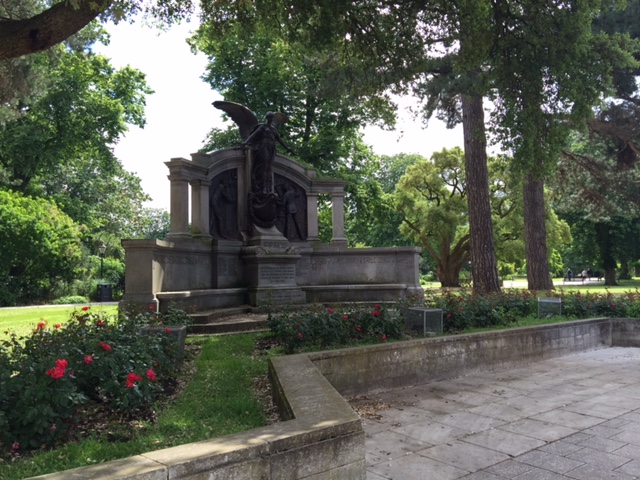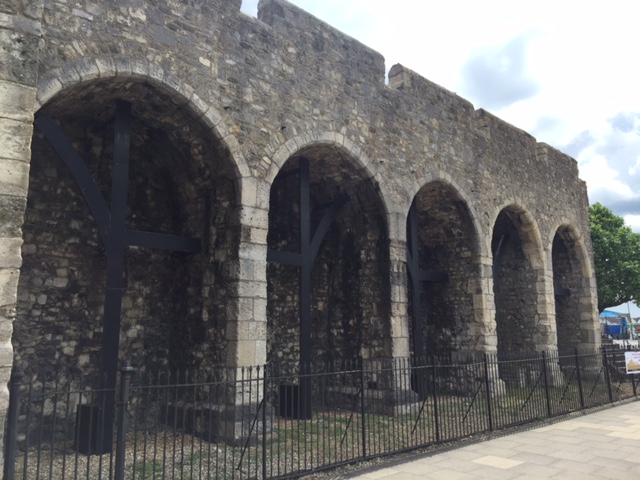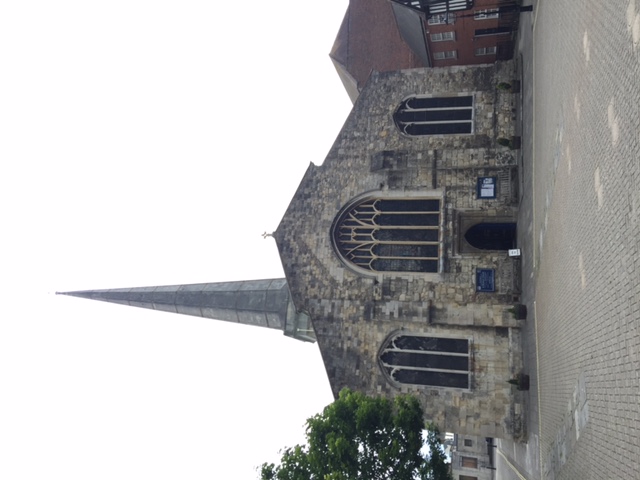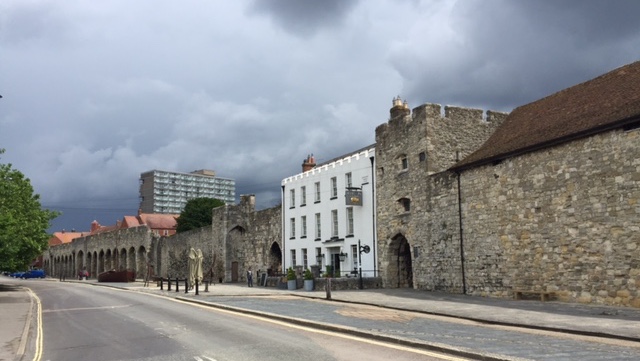
Known at various times in its history as the ‘Gateway to Britain’, the ‘Gateway to the Empire’ and the ‘Gateway to the World’, Southampton is renowned as a port city, the home of great ocean liners, a place of arrival and departure, and a city whose own narrative is ‘rooted in its waterway’.
Overview
Over time the city of Southampton has slowly withdrawn itself from the water, turning its back on the sea as a consequence of reclamation and the development of the docks, so much so that while it remains ‘strongly associated with the oceans’ it is ‘physically separated from the water’s edge’.
In 1893 the American mail started operating a regular service between the UK and the USA, travelling between Southampton and New York. These vessels also carried steerage passengers and as a consequence Southampton witnessed the regular arrival of foreign emigrants, principally Norweigans, Swedes, and Scandinavians, and transmigrants, mainly eastern European Jews who arrived at Southampton, via Hull, who were seeking a new life in America. Many of these passengers stayed at the purpose built Emigrants’ Home, one of the few buildings to remain extant amid areas long since changed beyond recognition after a century of warfare and town planning. Each of those passengers had a story to tell but seldom the chance to tell it.
This project will look to tell some of those stories as well as continue the work of Ward by reconnecting the city, the port and the sea through a series of self-guided walking tours, utilising the holdings of the City’s archives to re-imagine the lost Southampton of the nineteenth century. Working in partnership with schools, the city council, local writing groups, and undergraduates, the project will attempt to re-connect the modern day flaneur with Victorian Southampton, drawing inspiration from the stories of the past.
The Stories
As part of this first story project we commissioned a postgraduate creative writing student at the University, Tory L. Dawson, to create a location-based narrative set around Southampton Docks. Tory's story, The Destitute and the Alien, inspired by the history of Southampton’s Emigrants’ Home, imagines a world where Jack the Ripper goes into hiding in Southampton after fleeing Whitechapel: Jack’s murderous compulsions are re-awakened when he meets Golda, a beautiful young Jewish woman staying at the Emigrants’ Home. The story takes readers right across the Old Town of the city, and is in the style of a sensational Victorian page-turner.
We also worked with forty undergraduate students on the English Department’s ‘Writing Place’ module, providing a paper authoring kit for them to explore this new storytelling form. We chose five of the best undergraduate stories to showcase alongside Tory's tale for our deployment in Southampton. All the stories are still live, available from this page, and can be experienced using a web browser on a location-aware smart device.
Tudor House Event
(June 24th-26th, 2016)
In June 2016, we ran a three day launch event at Southampton’s Tudor House and Garden, when we encouraged members of the public to try out the location-aware stories in our web app. James Jordan gave a talk on the history of Southampton’s Emigrants’ Home, and local author and broadcaster, Philip Hoare, gave a talk on the natural and cultural history of Southampton. Tory Dawson and the other StoryPlaces writers read from their stories and spoke about their experiences of writing for this new story form.
You can find out more about the event here.
Dave also wrote up a personal account of the day which you can find on his blog
And Tory wrote an account of her experiences of working with StoryPlaces for the Writing Platform
Materials
The following materials were produced for the event and are available for download.
- The flyer (1.7MB PDF) describing each of the 6 stories used for the event
- The banner (2.8MB PDF) with details of the Emmigrants' Home
